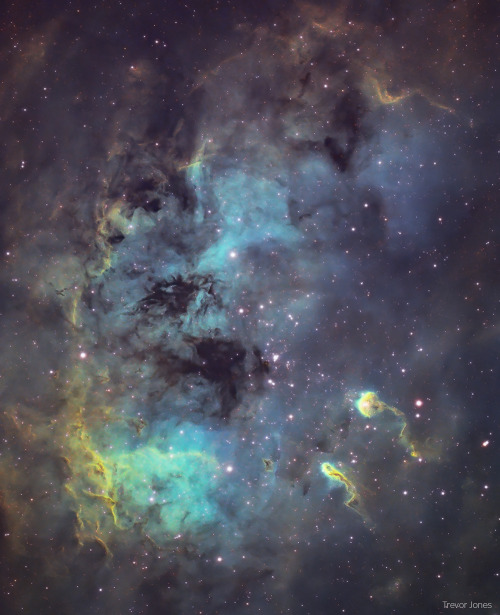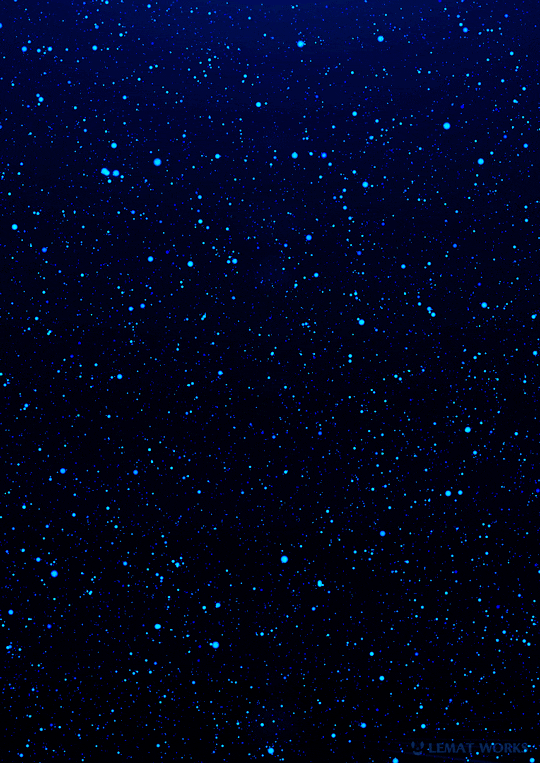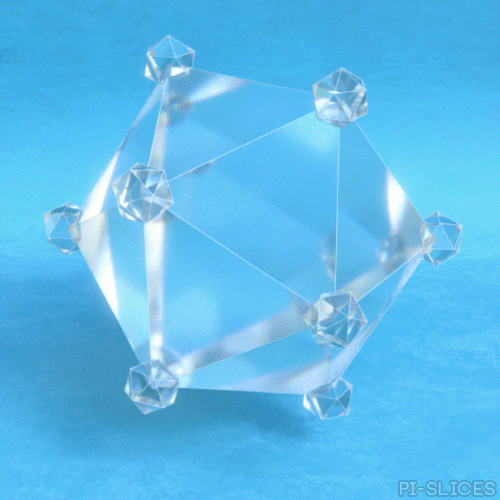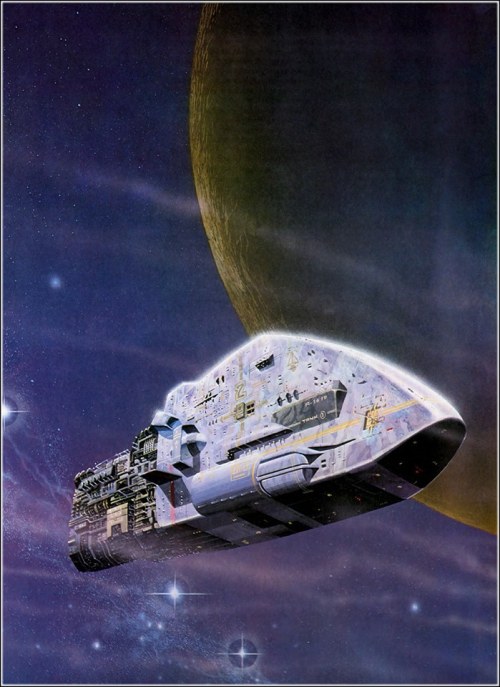An Image Of Jupiter Taken By NASA's Hubble Space Telescope In Ultraviolet, Visible, And Near-infrared

An image of Jupiter taken by NASA's Hubble Space Telescope in ultraviolet, visible, and near-infrared light on Aug. 25, 2020, is giving researchers an entirely new view of the giant planet and offers insights into the altitude and distribution of the planet's haze and particles. This complements Hubble’s visible-light pictures that show the ever-changing cloud patterns. In this photo, the parts of Jupiter’s atmosphere that are at higher altitude, especially over the poles, look red from atmospheric particles absorbing ultraviolet light. Conversely, the blue-hued areas represent the ultraviolet light being reflected off the planet. A new storm at upper left, which erupted on Aug. 18, 2020, is grabbing the attention of scientists in this image. The “clumps” trailing the white plume appear to be absorbing ultraviolet light, similar to the center of the Great Red Spot, and Red Spot Jr. directly below it. This provides researchers with more evidence that this storm may last longer on Jupiter than most storms.
Credits: NASA, ESA, STScI, A. Simon (Goddard Space Flight Center), M.H. Wong (University of California, Berkeley), and the OPAL team
More Posts from Epic-flight and Others


signal space

Produced by LEMAT WORKS
✨ Bonbon1 2 3 4 / Twinkle night / Snow / Golden Stars / instagram✨

The Tadpoles of IC 410 : This telescopic close-up shows off the central regions of otherwise faint emission nebula IC 410, captured under backyard suburban skies with narrowband filters. It also features two remarkable inhabitants of the cosmic pond of gas and dust. Below and right of center are the tadpoles of IC 410. Partly obscured by foreground dust, the nebula itself surrounds NGC 1893, a young galactic cluster of stars. Formed in the interstellar cloud a mere 4 million years ago, the intensely hot, bright cluster stars energize the glowing gas. Composed of denser cooler gas and dust, the tadpoles are around 10 light-years long and are likely sites of ongoing star formation. Sculpted by stellar winds and radiation their heads are outlined by bright ridges of ionized gas while their tails trail away from the cluster’s central young stars. IC 410 lies some 10,000 light-years away, toward the nebula-rich constellation Auriga. via NASA

Produced by LEMAT WORKS
🔵 Deep Blue Purple Red Green Orange/ Twinkle Night3 2 17 27 29 / Prism Ocean / instagram / Behance (High Resolution) 🔵

Another oldie from my draft folder. I’d like to do a mass deletion of 99% of my unposted drafts.

Icosa Glass - 210406

Unraveling.
Twitter / Instagram / Shop / Gumroad / Patreon / Zedge

Angus McKie





Perhonen Space Ship - Adrian Marc

U.S. Navy Douglas A-1 Skyraider by Luccio Perinotto.
-
 foreverfreo liked this · 1 year ago
foreverfreo liked this · 1 year ago -
 crucrionnia reblogged this · 1 year ago
crucrionnia reblogged this · 1 year ago -
 wardrum liked this · 2 years ago
wardrum liked this · 2 years ago -
 nemesisdub liked this · 2 years ago
nemesisdub liked this · 2 years ago -
 gelmedium liked this · 2 years ago
gelmedium liked this · 2 years ago -
 leray0nvert reblogged this · 2 years ago
leray0nvert reblogged this · 2 years ago -
 still-ethereal reblogged this · 2 years ago
still-ethereal reblogged this · 2 years ago -
 teresinha63 liked this · 2 years ago
teresinha63 liked this · 2 years ago -
 kodavaxin liked this · 3 years ago
kodavaxin liked this · 3 years ago -
 baubasaur reblogged this · 3 years ago
baubasaur reblogged this · 3 years ago -
 baubasaur liked this · 3 years ago
baubasaur liked this · 3 years ago -
 kosyrev liked this · 3 years ago
kosyrev liked this · 3 years ago -
 deianofficial liked this · 3 years ago
deianofficial liked this · 3 years ago -
 jimoreil liked this · 3 years ago
jimoreil liked this · 3 years ago -
 john-erby liked this · 3 years ago
john-erby liked this · 3 years ago -
 paulswiftie1989 liked this · 3 years ago
paulswiftie1989 liked this · 3 years ago -
 patatedes0fa liked this · 3 years ago
patatedes0fa liked this · 3 years ago -
 squidrolls360 liked this · 3 years ago
squidrolls360 liked this · 3 years ago -
 venus-born liked this · 3 years ago
venus-born liked this · 3 years ago -
 r3drav3n liked this · 3 years ago
r3drav3n liked this · 3 years ago -
 importantmentalityphilosopher liked this · 3 years ago
importantmentalityphilosopher liked this · 3 years ago -
 harryflynns liked this · 3 years ago
harryflynns liked this · 3 years ago -
 zinikornis liked this · 3 years ago
zinikornis liked this · 3 years ago -
 cultofcreatures reblogged this · 3 years ago
cultofcreatures reblogged this · 3 years ago -
 megaswagstudentpoetryus liked this · 3 years ago
megaswagstudentpoetryus liked this · 3 years ago -
 vegas2k liked this · 3 years ago
vegas2k liked this · 3 years ago -
 pnk7 liked this · 3 years ago
pnk7 liked this · 3 years ago -
 umskiptingur reblogged this · 3 years ago
umskiptingur reblogged this · 3 years ago -
 umskiptingur liked this · 3 years ago
umskiptingur liked this · 3 years ago -
 tsbr liked this · 3 years ago
tsbr liked this · 3 years ago -
 babydavey4u liked this · 3 years ago
babydavey4u liked this · 3 years ago -
 hauntedtoadfriendkid liked this · 4 years ago
hauntedtoadfriendkid liked this · 4 years ago -
 cynder-wolfy reblogged this · 4 years ago
cynder-wolfy reblogged this · 4 years ago -
 blueb-elle liked this · 4 years ago
blueb-elle liked this · 4 years ago -
 wintercityghsts reblogged this · 4 years ago
wintercityghsts reblogged this · 4 years ago -
 neu-deadzeppdeath liked this · 4 years ago
neu-deadzeppdeath liked this · 4 years ago -
 lizzieheartsyou reblogged this · 4 years ago
lizzieheartsyou reblogged this · 4 years ago -
 nyxxphantom liked this · 4 years ago
nyxxphantom liked this · 4 years ago -
 groovymohawkman reblogged this · 4 years ago
groovymohawkman reblogged this · 4 years ago
